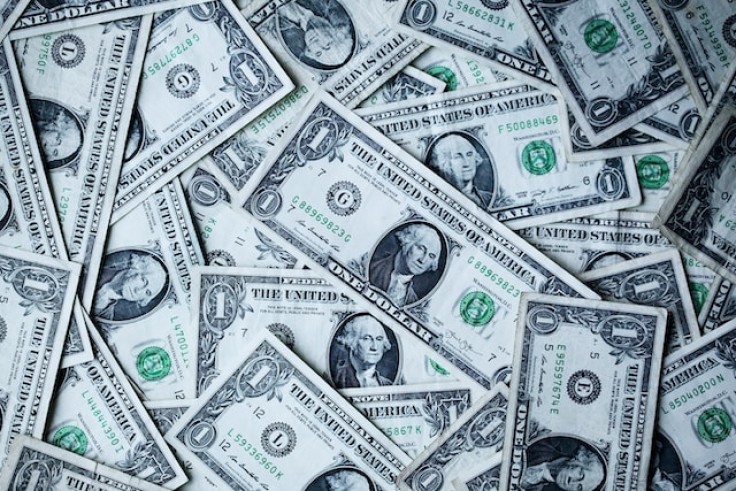
Interest rates for student loan refinancing have experienced an upward trend, particularly for 5- and 10-year terms, according to data from the Credible marketplace on July 6, 2023. Borrowers with credit scores of 720 or higher saw an increase in rates compared to the previous day and the rates from a year ago.
For 10-year fixed-rate refinance loans, the average interest rate reached 7.17%, rising from 6.61% the day before and 5.34% compared to a year ago. It's worth noting that rates for this term hit their lowest point in 2022 during the week of January 10, when they stood at 3.44%. Similarly, rates for 5-year variable-rate refinance loans averaged 6.93%, up from 6.86% on the previous day and significantly higher than the 3.23% recorded a year ago.
According to FOX Business, the lowest point for rates on 5-year terms in 2022 was during the week of July 4, with rates as low as 3.12%.
Borrower Impact: Higher Interest Rates Hit Student Loan Refinancing for Certain Terms
These rate increases come at a time when many borrowers with private student loans are taking advantage of the low interest rate environment to refinance their education debt and secure lower rates.
According to Forbes, factors such as credit scores, loan type (fixed or variable), and repayment terms play a significant role in determining the interest rate offered to borrowers. Those with good credit scores tend to receive lower rates, and loans with fixed interest rates and longer repayment terms often carry higher rates. To explore potential student loan refinance rates, borrowers can utilize online tools like Credible to compare options from various private lenders without impacting their credit scores.
It's important to note that federal student loans have had interest and payments suspended since March 2020 due to the COVID-19 pandemic. However, interest will begin accruing again on September 1, 2023, with payments resuming in October. This has prompted many borrowers to seek opportunities to refinance their private student loans to take advantage of the current low interest rate environment before the federal loans' interest resumes.
Understanding how private lenders determine rates is essential. Factors such as the economic environment, loan term, loan type, borrower's creditworthiness, and the lender's operating costs and profit margin all influence the rates offered.
Fixed vs. Variable: Understanding the Shift in Student Loan Refinance Rates
Credible, a multi-lender marketplace, provides borrowers with a platform to discover financial products tailored to their unique circumstances. With integrations with leading lenders and credit bureaus, Credible enables consumers to compare accurate, personalized loan options efficiently and securely, without compromising personal information or affecting credit scores. The marketplace has garnered a positive reputation, evident through over 5,000+ positive Trustpilot reviews and an impressive TrustScore of 4.7/5.
While interest rates for student loan refinancing have increased for 5- and 10-year terms, borrowers are advised to stay informed about the evolving rate landscape and explore refinancing options that best suit their individual needs. By comparing rates from multiple lenders and utilizing tools like student loan refinancing calculators, borrowers can estimate potential savings and make informed decisions regarding their loan refinancing endeavors.
Considering the potential benefits of securing lower interest rates, borrowers may find it advantageous to explore student loan refinance options before the interest on federal loans resumes. However, it is crucial to carefully evaluate the terms and conditions of any refinancing offer and consider long-term financial goals before proceeding.
Read also: Student Loan Repayments: Biden Cancels 200,000 Debts as More Borrowers Await Moratorium Extension